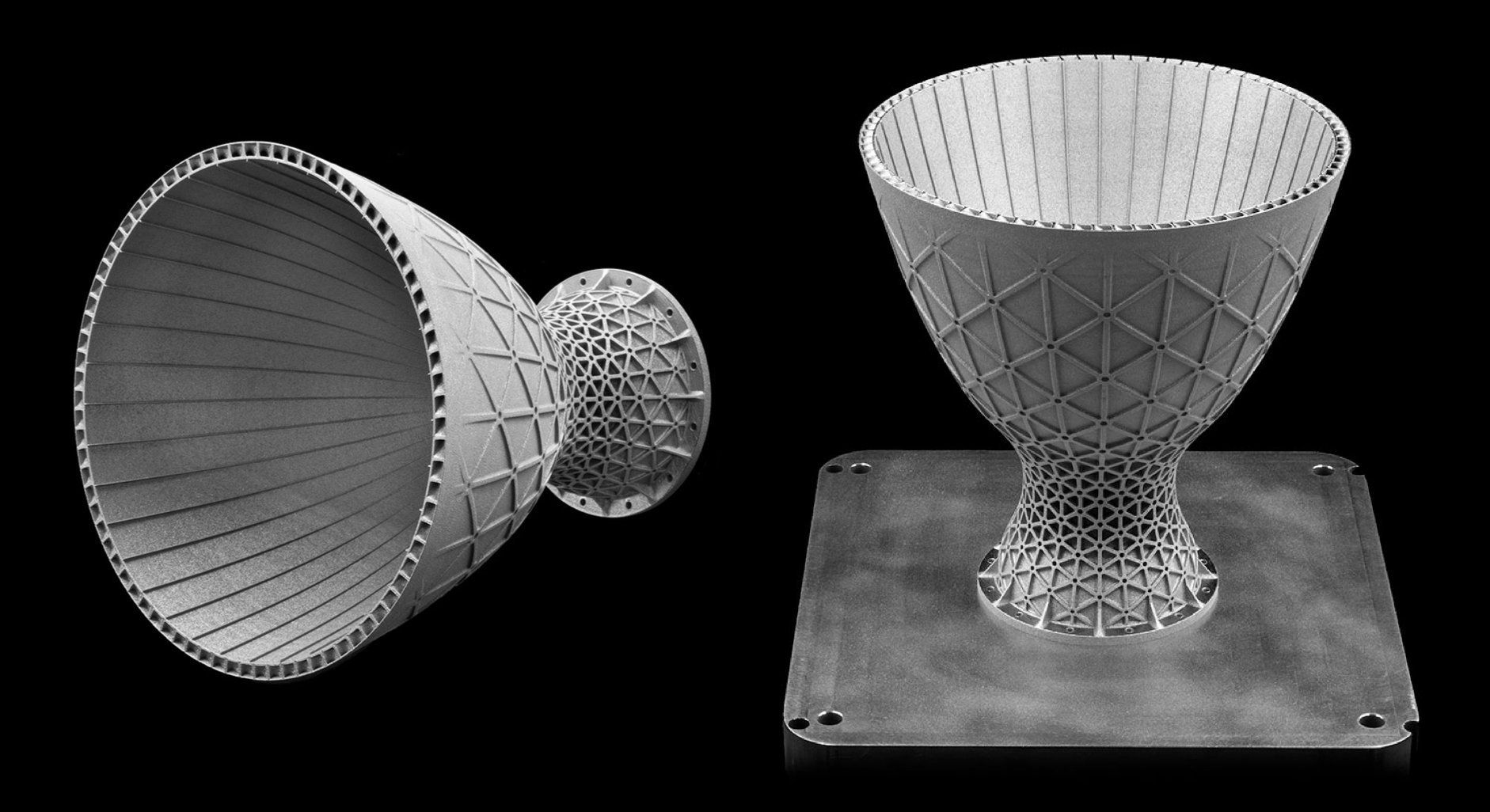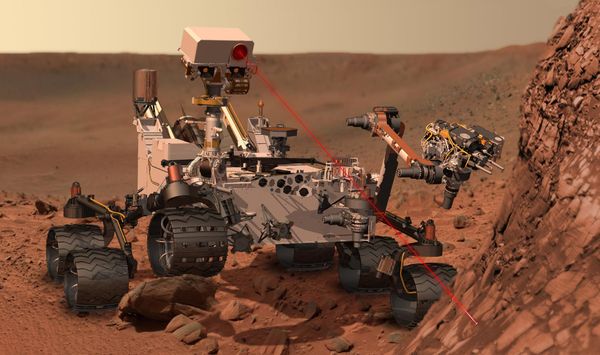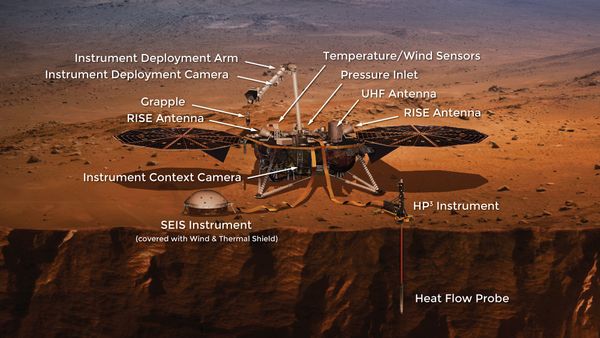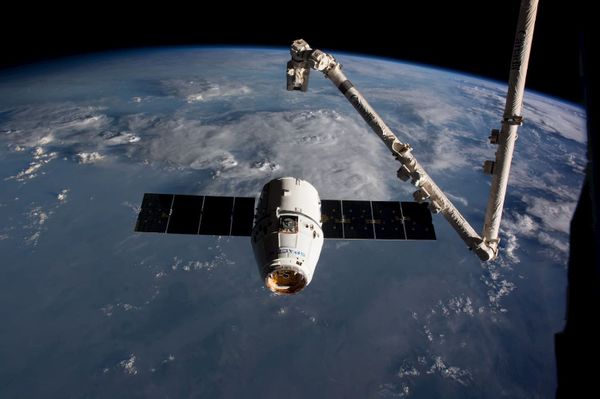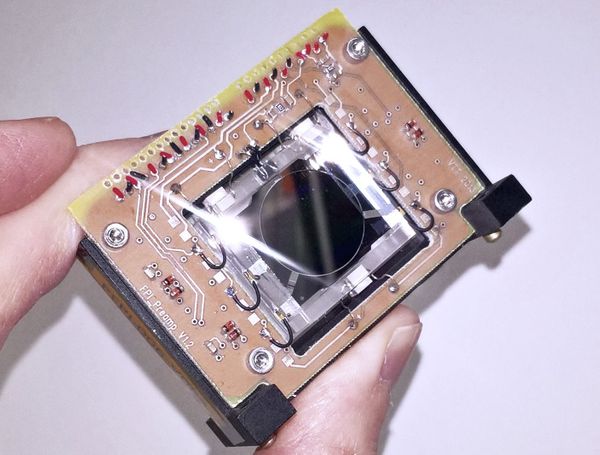nTopology is a software platform that takes a new approach to designing and modeling hardware. The software uses a mathematical model to represent a part's characteristics, rather than just its shape or surfaces. This allows an engineer to define intricate patterns that dynamically change according to other elements of the model, like stresses or heat transfer, all tied in to one workflow. Oh, and it runs on a laptop.

Brad Rothenberg is the CEO of nTopology, or nTop for short. nTop provides a software suite that uses advanced computer techniques to optimize the mechanical designs of structures, leading to impressive results. On this episode, Brad will take us through the ins and outs of how generative design techniques are changing the way we design spacecraft.
SPEXcast: Tell us a bit about yourself.
Brad Rothenberg:
I come from a non traditional background, majoring in architecture at the Pratt Institute. I was really into 3D modeling as a kid. I got my first 3D printer in 2005 but I felt limited by the 3D tooling for printers. It was easy to make small models, think a school for ants, from Zoolander, but hard to make functional engineering designs. The problem of geometry generating for manufacturing is a core industry problem So I wrote my own geometry generating software, and 16 years later it's taken off.
SPEXcast: What about nTopology sets it apart from traditional CAD?
Brad: We represent the 3D solid model differently. We use an Implicit model, which is a set of mathematic functions that can represent what you're designing. Traditional modeling uses surface patches. We call this field driven design where every physical quantity can be defined as a field, from simulation results to geometry of a solid body. nTopology lets you control the properties of the design based on other data. For example, you can allow a temperature gradient simulation to drive geometry generation.
SPEXcast: Where does nTopology get its name?
Brad: nTopology lets you design things with any shape, or more technically, any topology.
SPEXcast: What is generative design when it comes to computer models and manufacturing?
Brad: We define generative design as using the computer to take inputs a.k.a. design requirements, and generate a design based on those inputs. It lets the engineer leverage software to create the geometry. Think of it like setting up the process to draw rather than drawing.
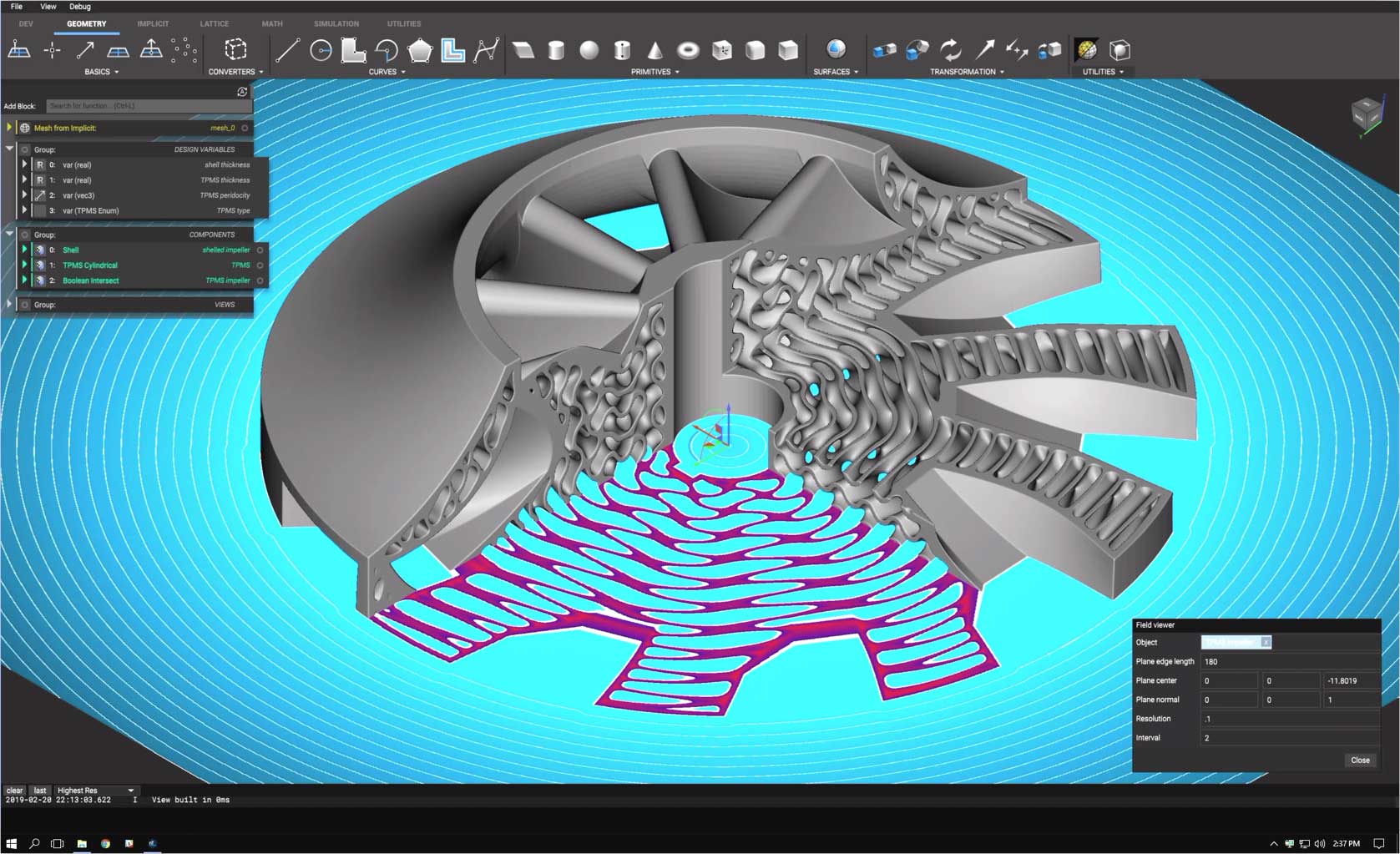
SPEXcast: Can you walk us through some of the use cases for generative design in aerospace?
Brad: Aircraft design requires high performance parts. For example, an aircraft heat exchanger removes bleed air heat for in-cabin air conditioning. Generative design can handle high level requirements (volume of air, entry temperature, exit temperature) and design a heat exchanger that meets those requirements. This kind of multifunctional optimization reduces weight and increases airplane efficiency.
Another use case is mass optimization for space craft design. The US Airforce is building 3U cubesats using nTopology. The team was able to come up with a generative cubesat bus that was 50% lighter. Efficient placement of material adds stiffness. Imagine the difference between corrugated cardboard vs paper. With less material you can have a structure that is just as strong.

SPEXcast: When it comes to spacecraft and aerospace engineering, “flight heritage” plays a huge role in the acceptance and widespread use of a technology. What has it been like to bring this technology to the aerospace industry?
Brad: I actually have a funny story about this– it involves trying to introduce new simulation technology into the market. We were talking with an nTop user and they were bringing in a new simulation solver into their process for a satellite in orbit. They said, "We wanted to do some tests with this new solver, but we ran the analysis and it was off compared to the existing analysis– it was actually more accurate." So they went back and ran the simulation in the original solver, and actually got the same results as the new analysis, within the tolerance. So they were like, "Wait a second, what's going on here?" The satellite was still working, it's still up there... Then someone asked, "How many elements was your mesh?" They probably said something like 6 million elements — something really high resolution using modern computer memory — and the other person was like, "Dude, this was analyzed in 1984. You couldn't have a 6 million element mesh! Go run it in the new solver using fifty thousand elements." And the results came back exactly the same as the original one.
There's all sorts of stories like this when you're trying to change an industry. There's friction point after friction point. Some of the biggest named aircraft and space companies still have rooms of old computers running software developed years ago. It's definitely major challenge introducing new engineering tools into the market. We're not saying, "Hey, use our analysis to validate a part." The analysis side of things is really hard to push up against. For us it's not about replacing the tools engineers are already using like Catia or NX. Instead we want to introduce nTop just to solve the hard engineering problems that you literally can't solve with the current tools. And what's interesting is that 3D printing is at a point where the processes are getting mature enough to where the friction point is in software. It's not so much about going up against the friction of process change, instead there's this new process being introduced into the industry like 3D printing and nTop solves that particular pain point.
SPEXcast: Are there any plans for a community edition for hobbyists?
Brad: We're definitely discussing that internally. For now our student version is free with a university email. And if you're working at a startup or an engineer looking to start using nTop, get in touch with us and we'll get you guys set up with a trial.
Listen to the full episode on Spotify, Apple Podcasts, Stitcher or wherever you listen to podcasts.

